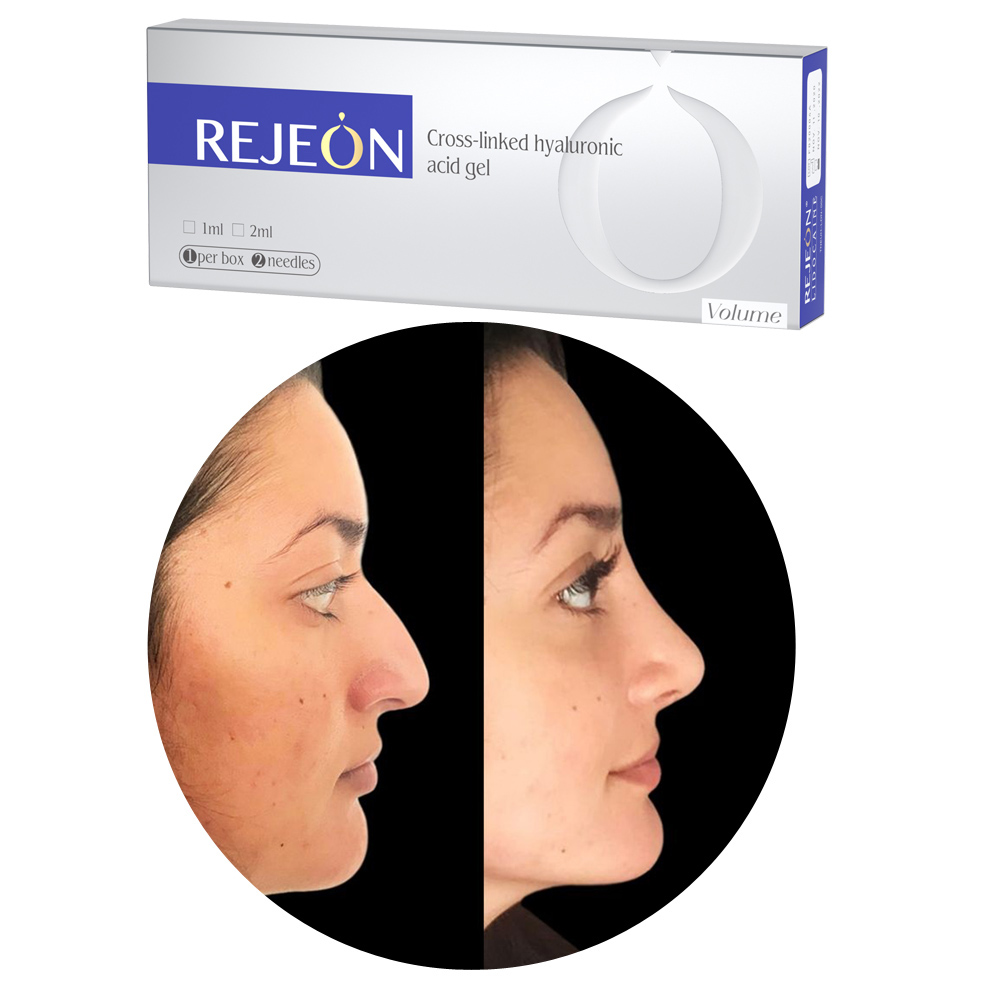The .gov means it’s official. Federal government websites often end in .gov or .mil. Before sharing sensitive information, make sure you're on a federal government site.
The site is secure. The https:// ensures that you are connecting to the official website and that any information you provide is encrypted and transmitted securely. Hyaluronic Acid Fillers

Check out the FDA's tips to safely use dermal fillers and learn the difference between dermal fillers and injectable botulinum toxin products.
People are seeking treatments to smooth smile lines and crow’s feet and plump up their lips, cheeks, and hands.
Injecting dermal fillers into the face and hands can improve the appearance of facial lines and volume loss caused by age or certain medical conditions. In studies of dermal fillers approved by the U.S. Food and Drug Administration, people generally report they are satisfied with their treatment results.
However, dermal fillers are not for everyone. Dermal fillers may not be appropriate for people with certain conditions, such as bleeding disorders or some allergies. If your health care provider confirms that dermal fillers are an option for you, know that all medical products have benefits and risks. The FDA advises you work with a licensed health care provider who is experienced in injecting dermal fillers, knowledgeable about fillers, anatomy, managing complications, and most importantly, tells you about the risks and benefits before receiving treatment.
Dermal fillers are gel-like substances injected under the skin. Dermal fillers are meant to create a smoother or fuller appearance, or both. The FDA regulates dermal fillers as medical devices. As reported in clinical trials, the effects of most FDA-approved dermal fillers are temporary because they are made from materials that the body eventually breaks down and absorbs. The injection procedure may have to be repeated to maintain the desired effect.
Temporary fillers include the following materials:
There’s only one FDA-approved dermal filler that is not absorbed by the body. It is made with polymethylmethacrylate (PMMA) beads suspended in a solution that contains bovine (cow) collagen. PMMA beads are tiny round, smooth, plastic beads.
Dermal fillers are approved for specific uses in people aged 22 and older. Those uses include:
As with any medical procedure, there are risks involved with the use of dermal fillers. Most side effects associated with dermal fillers, such as swelling and bruising occur shortly after injection and many resolve in a few days to weeks. In some cases, side effects may emerge weeks, months, or years later.
People should be tested for allergies before receiving dermal fillers made with certain materials, especially materials derived from animals, such as collagen.
Unintended injection into blood vessels The most serious risk associated with dermal fillers is accidental injection into a blood vessel. Filler that enters a blood vessel can cause skin necrosis (death of tissue), stroke, or blindness. While the chances of this happening are low, if it does happen, the resulting complications can be serious and may be permanent.
Removing Dermal Fillers If you want to have fillers removed or reduced because of side effects, you may need additional procedures to reduce the filler or surgery to remove it. These procedures carry their own risks. Be aware that it may be difficult or impossible to remove some filler materials.
The FDA also has approved botulinum toxin products such as Botox, Dysport, Xeomin and Jeuveau to treat facial wrinkles. These products are not dermal fillers. They are injectable drugs that work by keeping muscles from tightening, so the wrinkles don’t show as much. The safe use of dermal fillers in combination with Botox and other treatments has not been evaluated in clinical studies.
Although botulinum toxin products are derived from the same bacteria that cause botulism, the amounts used for cosmetic purposes are purified and many orders of magnitude smaller. The FDA has approved these injectable drugs for the temporary improvement in the appearance of one, or perhaps several types of facial lines, including frown lines, forehead lines, and crow’s feet.
Side effects reported in clinical trials include facial weakness, eyelid drooping, and brow drooping. Other adverse events included localized pain, swelling, reddening, and bruising at the injection site. In rare cases, injections have resulted in double vision, dry eyes, or difficulty swallowing or breathing. The injection of botulinum toxin products for cosmetic purposes is not recommended for use while pregnant or lactating.
If you have experienced a problem with a dermal filler product or other product regulated by the FDA, you can voluntarily report it to MedWatch, the FDA safety information and adverse event reporting program.

Lip Fillers On Small Lips Subscribe to receive Consumer Updates email notifications.